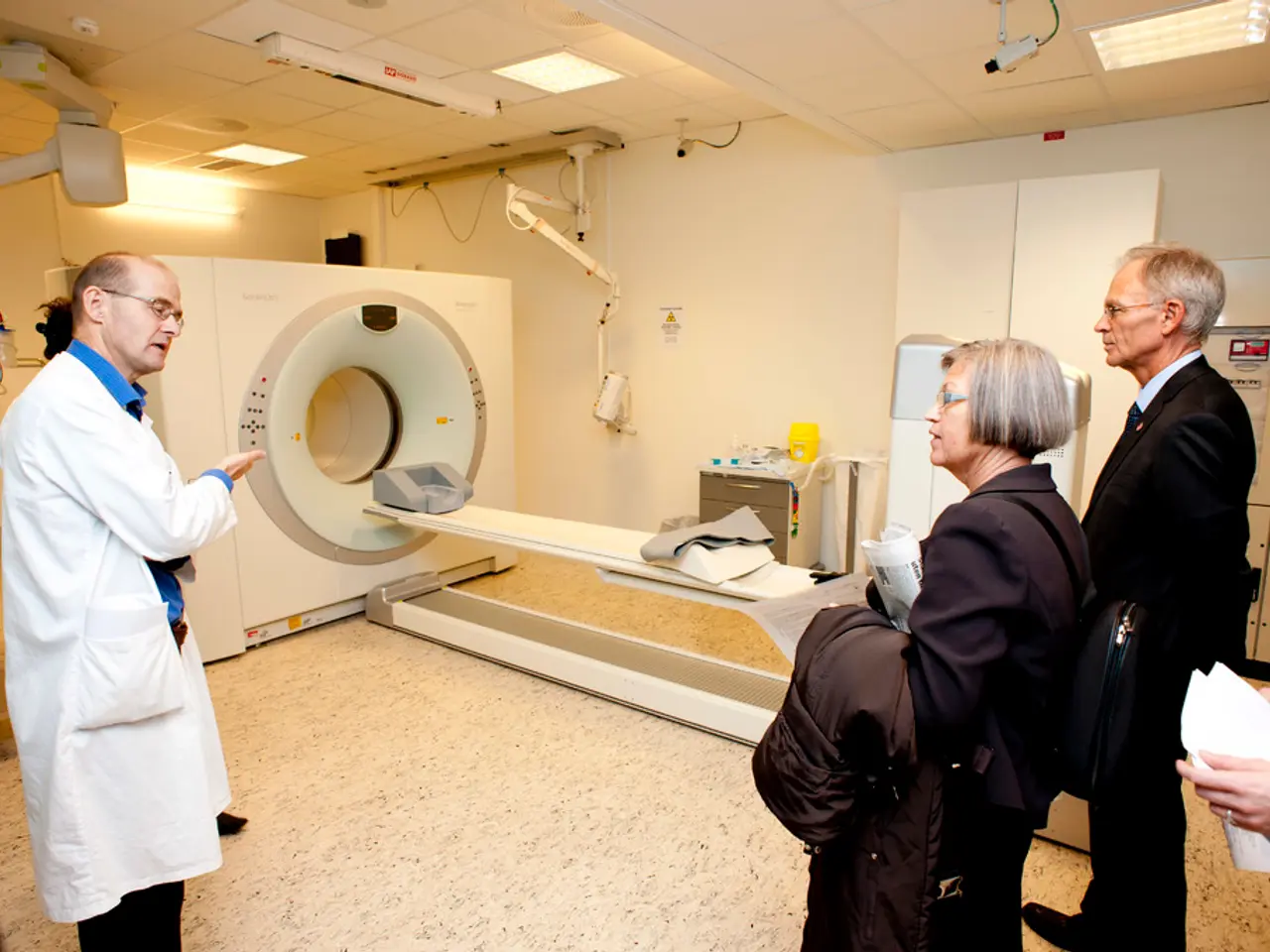Expanding Fundamental Capital Expenditures from Research to Real-world Influence (AI TPM)
In the rapidly evolving world of Artificial Intelligence (AI), ensuring that research translates into real-world impact and long-term benefits is a significant challenge. Enter the AI Technical Program Manager (TPM), a crucial role that bridges the gap between AI research and practical application.
AI TPMs employ a variety of key strategies to drive success and sustainability in AI investments. These strategies are designed to align AI initiatives with business goals, manage risks, and foster collaboration across teams.
## Key Strategies
1. **Strategic Alignment**: By collaborating with key stakeholders, AI TPMs ensure that AI research is aligned with overall business strategy and organisational goals. Clear objectives and priorities are established for each AI initiative.
2. **Program Management**: AI TPMs lead program initiation, developing comprehensive plans for AI projects, including clear milestones, owners, and risks. They facilitate cross-functional teams, coordinating engineering, product, and research teams to execute high-impact projects.
3. **Risk Management and Mitigation**: Identifying risks early in the project lifecycle is crucial. AI TPMs create contingency plans to address potential roadblocks and ensure proactive risk mitigation.
4. **Infrastructure and Scalability**: To support AI growth, AI TPMs coordinate with infrastructure teams to ensure that infrastructure scales reliably. They plan for adequate capacity, performance, and reliability to meet large-scale deployment needs.
5. **Performance Measurement and Analysis**: Clear KPIs are established for AI projects, including usage, reliability, and operational impact. Data is used to surface opportunities, risks, and trends, providing actionable recommendations to enhance program effectiveness.
6. **Stakeholder Management**: AI TPMs build relationships with internal teams and external partners to ensure smooth collaboration and execution. They provide clear status updates and technical insights to leadership, translating complex concepts for diverse audiences.
7. **Documentation and Knowledge Sharing**: Comprehensive technical documentation is created to facilitate knowledge transfers between teams, and program briefs, status updates, and decision records are documented to maintain transparency and facilitate future projects.
## Ensuring Long-Term AI Investments
Long-term success requires strategic planning, governance, and continuous improvement. AI initiatives are prioritised based on business priorities and available resources, and governance structures are implemented to manage risks and drive decision-making. Regular assessments are made to optimise AI initiatives for long-term success.
Weekly demo reviews, bi-weekly DRI syncs, customer feedback panels, and shifting resource allocation are some of the tactics used to promote continuous iteration, transparency, and user-centric design. Establishing "Pivot Or Persevere" criteria helps AI TPMs make informed decisions about whether to continue, adjust, or discontinue AI projects based on performance thresholds and timelines.
Sandeep Jha, an award-winning AI expert and Principal Staff / Director TPM at LinkedIn, is one such professional driving these strategies to bridge the gap between AI research and real-world impact, ensuring that AI investments are sustainable and beneficial in the long term.
Sandeep Jha, an influential figure in the field of AI, as the Principal Staff / Director TPM at LinkedIn, implements critical strategies to align AI research with business goals, ensuring a practical application of technology for long-term benefits.
By leading AI projects with clear milestones, managing risks, fostering cross-functional collaboration, and creating strategies for risk mitigation, Jha demonstrates a commitment to driving success and sustainability in AI investments.




